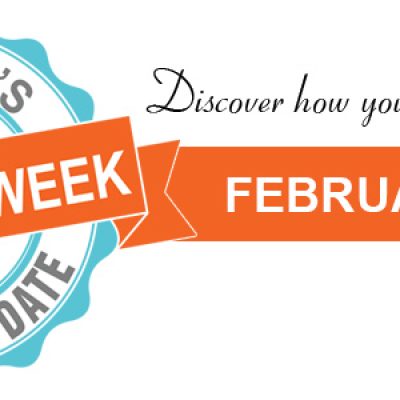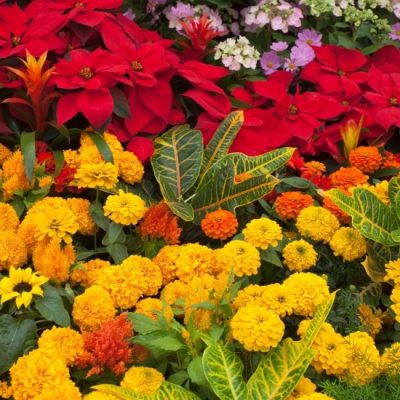Discover your Eastman Adventure: Fishing 101
Whether you’re casting your line at Pointe du Bois along the Winnipeg River, heading down to the Emerson/Franklin area to try out the Red River, or wherever your fishing destination is this weekend, you should
By Eastman Tourism
August 14, 2020
Read time: 21 min
Whether you’re casting your line at Pointe du Bois along the Winnipeg River, heading down to the Emerson/Franklin area to try out the Red River, or wherever your fishing destination is this weekend, you should get the most out of your fishing adventure.
In celebration of fishing month (read our blog Let’s go Fishing – Celebrating Fishing Month), we want to share some tips to help you catch that trophy-winning fish.
Using the correct equipment is the key to fishing. Depending on where and what kind of species you’re fishing for, the equipment you use changes. The perfect place to start is picking your fishing rod. But don’t worry! Finding that perfect glass-slipper fishing rod is easier than it sounds. Most of the information that you will need to know is written right on the rod or packaging. Things to pay attention to are line class, lure weight, action (how flexible it is), length, and reel.
Action is important as it refers to how much the rod flexes. If it is a fast action rod, the sensitivity is much higher, making it easy to feel the vibration in the rod. Even the slightest nibble can be sensed. However, fast action rods do not have the strength to pull in big fish. Slow action rods can handle bigger fish but are stiff, making it harder to feel vibrations in the rod.
There are also medium action rods that, in a sense, is the best of both worlds. It has the strength to pull in bigger fish and isn’t too heavy. When purchasing your fishing rod, pay attention to how much the rod bends and if it feels comfortable in your hand.
The length of your fishing rod will change depending on how you’re fishing. If you are heading out onto the water via boat, a longer rod would be best. But if you are fishing bankside, a shorter rod is ideal to avoid low hanging branches, weeds, or anything else that your hook could get snagged on.
Lures
There are so many kinds of lures out there you can easily feel overwhelmed. But don’t stress it. If you are looking to catch a specific species of fish, it is essential to use the appropriate lure.
Plug
Plug lures are great for catching just about every gamefish out there! The design of the plug is to imitate injured minnows. You can purchase different models of this lure like floating, sinking, or joint.
Jigs
Jigs come in all sorts of colours, sizes, and shapes. They sink to the bottom and are perfect for catching walleye, smallmouth bass, and largemouth bass but can also attract the attention of most fish.
Spinnerbait
Spinners are great for beginners, as they are incredibly easy to use. Spinners come with one or more oval-shaped metal blades that spin in the water, creating motion that attracts fish. Keep this lure in mind if you are looking to catch bass, perch, and pike.
Spoon
Spoon lures come in various sizes but remains a great way to catch pike and walleye. The shape of this lure produces a slight wiggle that attracts the fish.
Live Bait
While your fishing adventure might turn into a slightly more smelly, dirty, and squirmy day if using live bait, your odds of getting a bite is a lot higher. When you hear ‘live bait’ you probably think of minnows, but there are tons more like worms, leeches, and live insects.
Equipment to Pack
We’ve covered the obvious items you’ll need to fish, but you’ll need a few more handy tools while out on your fishing adventure.
- Fishing license – Okay, Okay, this is another obvious one, but it needed to be said. If you are sixteen or over, you’ll need to purchase a fishing license. But, keep in mind that your Manitoba Angling License is not valid for fishing in Canada’s National Parks. The best way to know if you can fish in one of the parks is to call ask for their regulations.
- Tackle Box – Tackle boxes come in many different shapes, sizes, and designs, but no matter what kind you bring, you’ll definitely be happy that you brought something to hold all your fishing equipment.
- Needle Nose Pliers – You don’t need a fancy pair of needle nose pliers, but they are beneficial for taking the hook out of your catch’s mouth.
- Line Cutter – The design of the fishing line is meant to be sturdy and not easily snapped. Bringing a multi-propose tool, a knife, or even a pair of nail clippers is a must. But make sure that it is small so it won’t take up too much space in your tackle box.
- First Aid Kit – Fishing is meant to be fun and relaxing, but accidents happen. Be prepared and pack some Band-Aids, waterproof medical tape, tweezers, scissors, cleansing wipes, and antibacterial ointment
- Sunscreen – Hopefully you’re fishing on a nice, sunny day, so don’t forget your sunscreen!
- Snacks – No fishing trip is complete without something to munch on. Whether it’s your favourite healthy snacks or splurge for those sinfully delicious snacks, you’ll be glad you brought it.
Have fun on your next fishing adventure!



